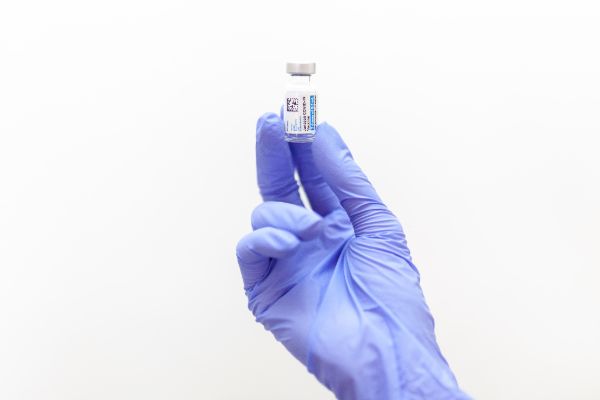If you wake up in the middle of the night with a fever and vomiting, do you head to the emergency room or check in at your local urgent care center? Most people choose the ER because they don’t know much about walk-in clinics and what they do. Here are six facts that you might not know about your local urgent care facility.
#1: There’s probably a center close by.
The Urgent Care Association of America reports that there are more than
9,000 urgent care facilities throughout the country, which means you’ll probably find a center close by to help when you need it. For some people, hospitals require a 20-minute trip or more without an ambulance. The ACA has made these centers more popular partly because they cater to a crowd that might have relied on the emergency room before and partly because insurance plans now cover ambulatory care. More centers open routinely, so check your local listings for practices within reach.
#2: Urgent care centers offer X-rays and other diagnostics.
Contrary to what you might believe, urgent care places usually have to meet certain standards in terms of the care that they can give. They need to have the ability to perform X-rays and other diagnostic testing such as EKGs, which measure heart activity. Doctors with emergency medical training also need to be on staff or on call in order to provide immediate care. While these centers are not replacements for emergency rooms when the condition is a true life-threatening emergency, they should be able to treat other urgent needs on site or refer you to the hospital if they determine that it’s a life-threatening situation.
#3: Doctors can treat you more efficiently if you provide them with details.
Urgent care facilities were designed to bridge the gap between routine primary care and emergency room visits. Staffed by real doctors with emergency medical training, these centers enable you to get in, get out and get back to your life. In order to accomplish this, the staff needs details about why you’re there. If you’ve got a skin rash, for example, then tell the doctor when it started, what you were doing when you noticed it and any other relevant information that might help them to diagnose and treat it. Spend a little more time during the initial interview to explain your symptoms fully so that you can streamline the process as a whole.
#4: Wait times range from nonexistent to minimum.
If you’ve ever visited the emergency room for a non-life-threatening emergency, then you know that wait times can run into several hours when there are a lot of people with heart attack symptoms ahead of you. At urgent care clinics, you’ll likely spend less than an hour waiting to see the doctor. Some facilities boast zero wait times, but it’s more common to spend up to 20 minutes in the waiting room. Very few urgent care places require a wait time of more than 40 minutes while a trip to the hospital might take all night.
#5: You’ll pay less at an urgent care facility.
Even without insurance, your bill for an urgent care place won’t exceed what you might have paid at the hospital. The average cost to see a doctor and undergo tests at an urgent clinic is around $150. To visit the emergency room, you might pay about
$1,233 for the same services. Your co-pay will also cost less at an urgent care facility. Many insurance plans charge $50 for urgent care or walk-in services while the hospital co-pay can be $100 to $350 depending on your coverage. Of course, money shouldn’t be the sole reason that you see an urgent care center if you have a true emergency, but knowing the costs will help you plan your visit.
#6: Some conditions require the emergency room.
When you’re trying to decide whether your condition is
life-threatening or not, it’s best to err on the side of caution and check into the emergency room. However, there are some common symptoms that can make the decision for you. Chest pain, difficulty breathing, pregnancy-related issues, severe bleeding and serious head injuries all call for the emergency room. An urgent care center can take care of things like ankle sprains, a sudden fever, minor broken bones, mild breathing trouble and other non-life-threatening conditions. When you get to the urgent care clinic, the staff should be able to tell you right away if you’re in the right place.




